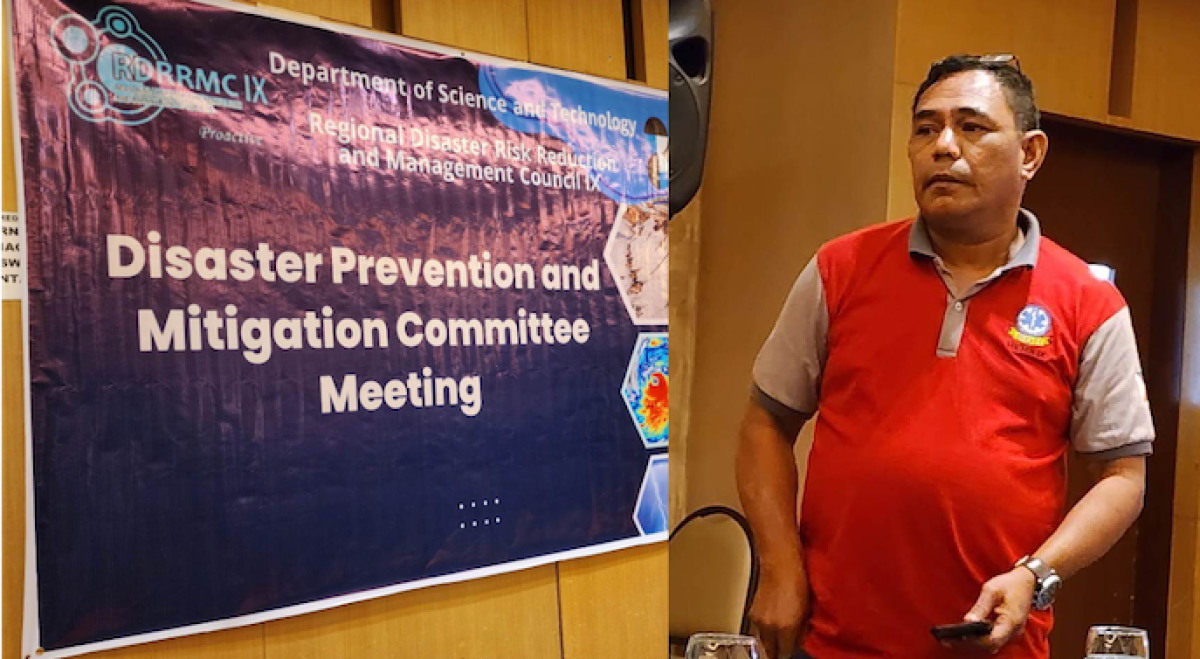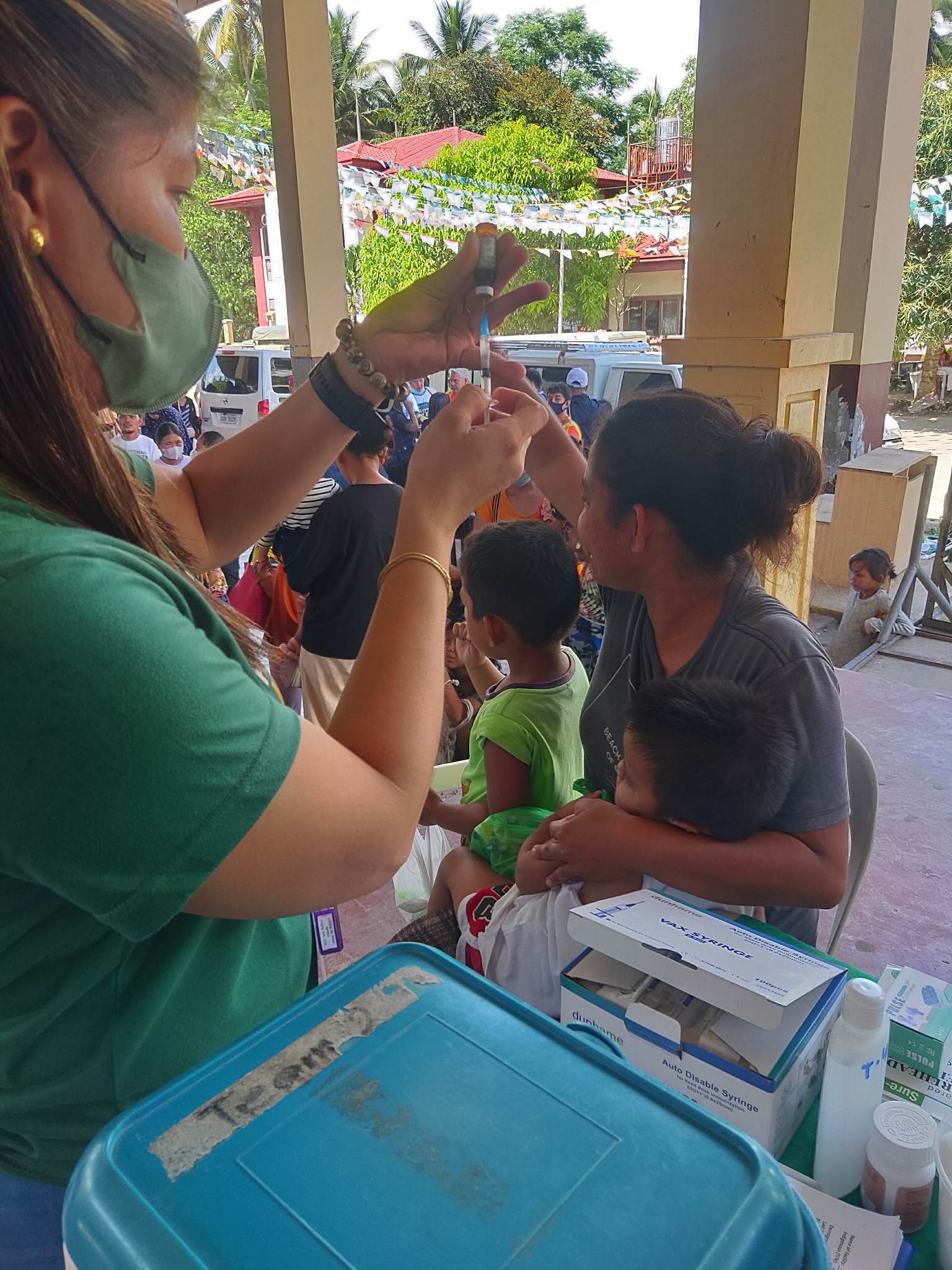ZAMBOANG CITY, 27 June (PIA) – A cumulative total of 4,258 dengue cases have been reported from different Disease Reporting Units in Zamboanga Peninsula from January 1 to June 03, 2023.
This is 242 percent higher compared to the same period in 2022 with 1,244 recorded cases, the Department of Health (DOH)-9 revealed.
At the recent second quarter meeting of the Regional Disaster Prevention and Mitigation Committee in Zamboanga, DOH-9 representative Maxel G. Bermas said that records showed fluctuating figures on the number of cases every week. Thus, the declaration for a possible pandemic is remote as cases should be rising for at least three consecutive weeks. However, Zamboanga Peninsula is currently on alert level and urged local government units to implement preventive and control measures to fight dengue.
According to DOH-9, Zamboanga del Norte province has the highest percentage change on dengue cases compared to the same period last year that reached 1,008% increase. It has recorded 1,075 dengue cases in 2023 compared to 97 in 2022. Zambooanga del Sur has 1,517 cases this year (189 in 2022), Isabela City, Basilan with 208 cases (25 in 2022), Zamboanga Sibugay with 750 cases (122 in 2022), and Zamboanga City with 708 cases (811 in 2022). A total of 4,258 cases were recorded for the period January to June 3, 2023 in Region 9.
Of the total figure, data showed that majority of the cases were male, with 2,199 (51%) cases. Some forty-eight percent (48%) of the cases belonged to the 1 to 10 years’ age group. However, most of these cases (52%) were classified as suspected dengue. Initially, six deaths were reported in the region with three in Zamboanga City and one each in Isabela City, Dipolog City, and Kumalarang in Zamboanga del Sur.
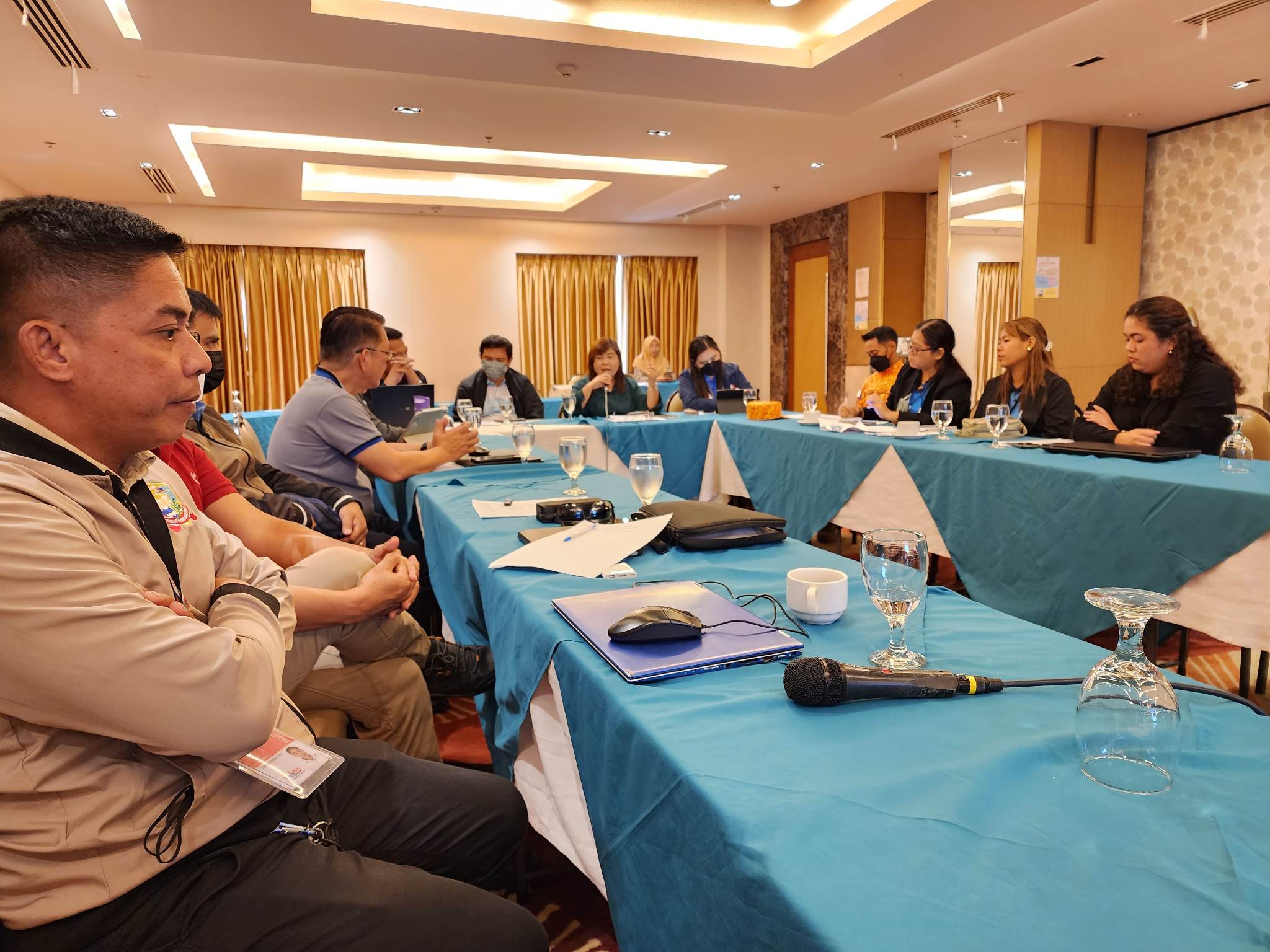
DOH also reported that Zamboanga City's top 6 barangays with high cases of dengue as of June 3, 2023 are the following: 1) Mercedes/Mulu-Muluan (with 50 cases), 2) Tetuan/Sta. Cruz (32), 3) Pasonanca (28), 4) Tumaga (26), 5) Lunzuran (25), and 6) Putik.
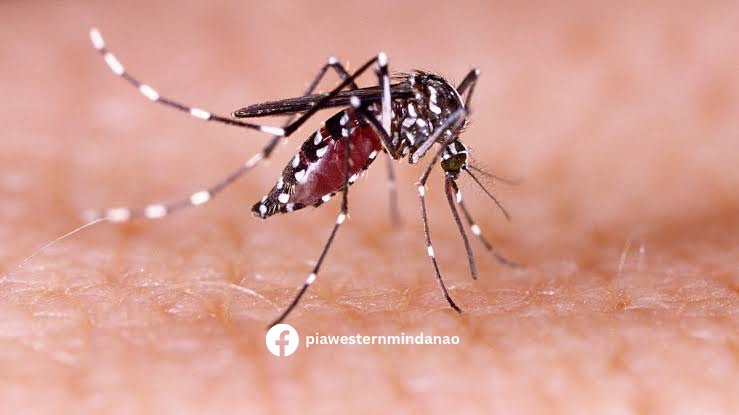
In Zamboanga Sibugay, the top 5 municipality with high dengue cases are 1) Ipil (148 cases), 2) Buug (128), 3) Tungawan (94), 4) Alicia (64), and 5) Siay (62).
In Zamboanga del Norte, the top cities/municipalities with high dengue cases are 1) Dipolog City (204), 2) Sindangan (161), 3) Kalawit (115), 4) Dapitan City (95), and 5) Siayan (82).
In Zamboanga del Sur, the top city/municipalities with high dengue cases are 1) Pagadian City (257), 2) Molave (220), 3) Mahayag (171), 4) Tukuran (92), and 5) Dumingag (77).
Meanwhile, in Isabela City de Basilan, the top barangays with high dengue cases are 1) Sumagdang (21), 2) Menzi (21), 3) Tabuk (pob.) (17), 4) San Rafael (16), and 5) Aguada (10).
With these figures, the Department of Science and Technology (DOST)-9 that heads the committee has urged all local government units, particularly the barangay officials and the public to implement appropriate prevention and control measures to prevent the further increase of dengue cases in their area.
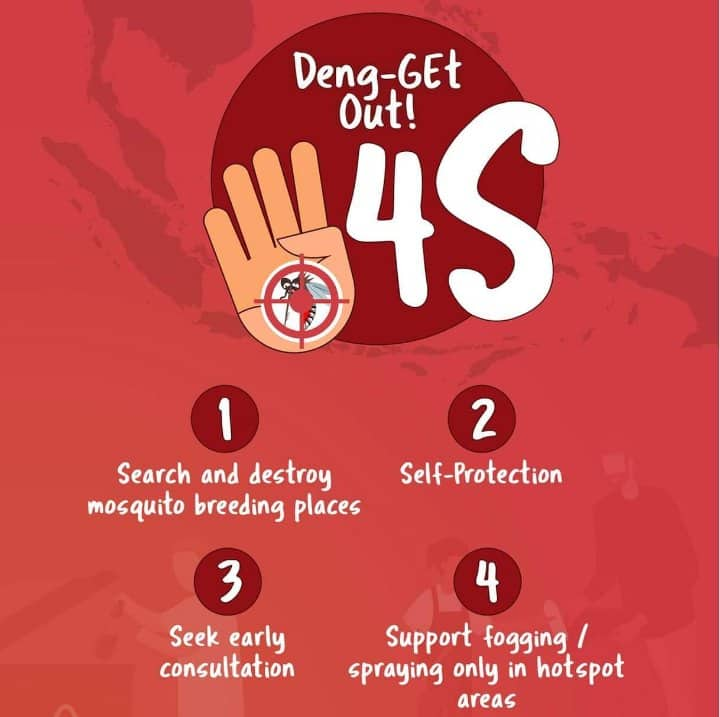
Moreover, DOST-9 requested the Philippine Information Agency, through its information networks, to lead in the awareness campaign to call for action to control the disease in the localities.
DOH-9 has highly recommended for all concerned to conduct health promotion campaigns, including the engagement of media in reminding the public to clean-up especially after rain to prevent collection of stagnant water. This also means to activate the Aksyon Barangay Kontra Dengue (ABKD) to mobilize the whole community in implementing Dengue prevention and control measures, like the 4S strategy.
4S stands for Search and destroy mosquito breeding places; Seek early consultation from health experts; Secure self-protection; and Support fogging/spraying when necessary. DOH-9 introduced a 5th S which is Sustain hydration. Dengue is transmitted to humans through the bite of infected female Aedes mosquitos, which usually bite during the day. They lay their eggs on stagnant water. (EDT/RVC/PIA9/4S infographics by MOH)
